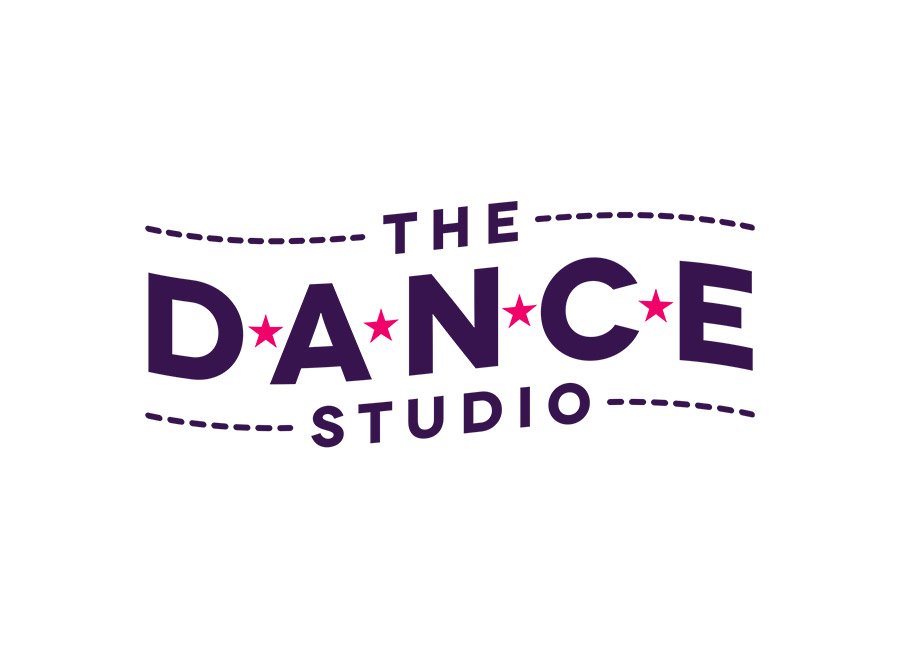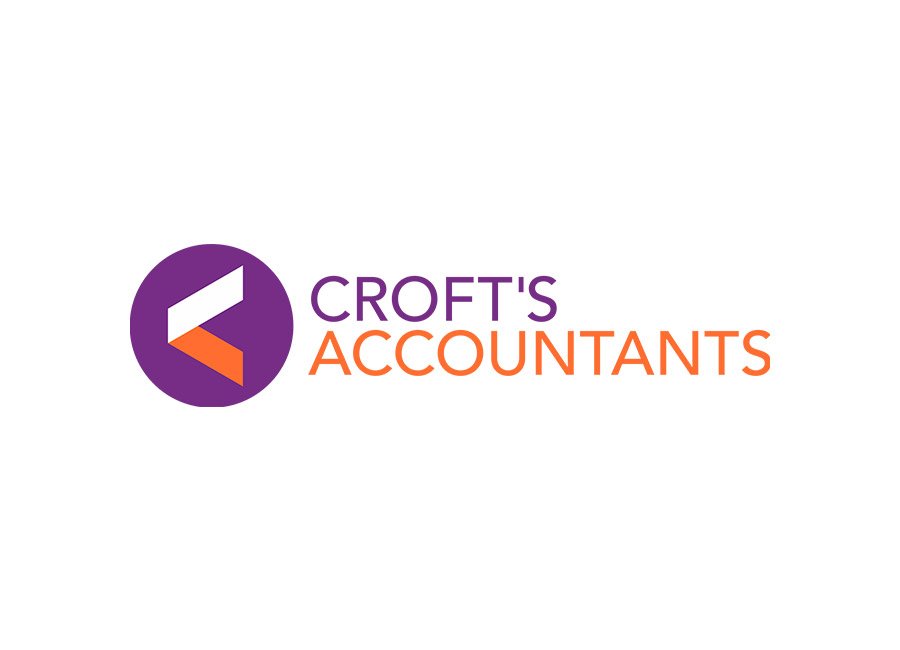Essential fatty acids (EFAs) are crucial for our body’s health, but sometimes, a deficiency can occur. In this article, we will break down essential fatty acid deficiency into easy-to-understand language. We will discuss what it is, what causes it, its symptoms, diagnostic tests, treatments, and medications.
Essential fatty acid deficiency, or EFAD for short, happens when our bodies don’t get enough of two essential fats: omega-3 and omega-6 fatty acids. These fats are vital for various bodily functions, and when we lack them, it can lead to health problems.
Types of Essential Fatty Acid Deficiency
There are two main types of EFAD:
- Omega-3 EFAD: This occurs when you don’t get enough omega-3 fatty acids in your diet.
- Omega-6 EFAD: This happens when you lack omega-6 fatty acids in your diet.
Both types can have similar symptoms, but they result from different deficiencies.
Causes of Essential Fatty Acid Deficiency
- Dietary Insufficiency: Not eating enough foods rich in omega-3 and omega-6 fatty acids, like fish, nuts, and seeds.
- Malabsorption: Conditions like celiac disease, Crohn’s disease, or pancreatic disorders can hinder your body’s ability to absorb these essential fats.
- Inadequate Conversion: Sometimes, your body may struggle to convert the fats you consume into the active forms it needs.
- Premature Birth: Babies born prematurely may not have fully developed the ability to make or use essential fats.
- Strict Vegan Diet: Vegan diets can lack some sources of essential fatty acids, so it’s essential to plan meals carefully.
- Excessive Alcohol Consumption: Alcohol can interfere with the absorption and utilization of these fats.
- Certain Medications: Some medications, like weight-loss drugs or laxatives, can affect fat absorption.
- Liver Disease: Liver problems can impact the processing of fats, including essential fatty acids.
- Burns and Injuries: Severe burns or injuries can lead to EFAD due to increased metabolic demands.
- Aging: As we get older, our bodies may become less efficient at processing essential fats.
Symptoms of Essential Fatty Acid Deficiency
EFAD can manifest in various ways. Here are 20 common symptoms:
- Dry Skin
- Dry Eyes
- Dry Hair
- Brittle Nails
- Skin Rashes
- Thirst
- Difficulty Concentrating
- Fatigue
- Joint Pain
- Muscle Weakness
- Poor Wound Healing
- Mood Swings
- Depression
- Memory Problems
- Growth Issues in Children
- Menstrual Problems
- Frequent Infections
- Vision Problems
- Hair Loss
- Poor Circulation
These symptoms can vary in severity, and not everyone with EFAD will experience all of them.
Diagnostic Tests for Essential Fatty Acid Deficiency
To diagnose EFAD, healthcare professionals may use various tests to measure the levels of specific fatty acids in your body. Here are 20 diagnostic tests that may be used:
- Blood Test for Omega-3 Levels
- Blood Test for Omega-6 Levels
- Fatty Acid Profile Test
- Skin Biopsy
- Hair Analysis
- Nail Analysis
- Red Blood Cell Membrane Fatty Acid Analysis
- Plasma Phospholipid Fatty Acid Analysis
- Thromboxane B2 Measurement
- Eicosapentaenoic Acid (EPA) Test
- Docosahexaenoic Acid (DHA) Test
- Linoleic Acid Test
- Arachidonic Acid Test
- Eicosanoid Profile Test
- Cholesterol Profile Test
- Inflammatory Marker Testing
- Comprehensive Nutritional Analysis
- Lipid Panel
- Liver Function Tests
- Ultrasound of the Liver
These tests help determine if your body lacks essential fatty acids and the specific types that may be deficient.
Treatment for Essential Fatty Acid Deficiency
If you are diagnosed with EFAD, here are 30 treatments to consider:
- Dietary Changes: Increase your intake of foods rich in omega-3 and omega-6 fatty acids, such as fatty fish, flaxseeds, walnuts, and vegetable oils.
- Supplements: Your doctor may recommend omega-3 or omega-6 supplements to boost your intake.
- Fish Oil Supplements: Omega-3 supplements in the form of fish oil capsules can be beneficial.
- Flaxseed Oil: Flaxseed oil is a good source of omega-3 fatty acids and can be consumed as a supplement.
- Evening Primrose Oil: This supplement provides gamma-linolenic acid (GLA), an omega-6 fatty acid.
- Borage Oil: Another source of GLA, borage oil, can help address omega-6 EFAD.
- Black Currant Oil: Contains both omega-3 and omega-6 fatty acids.
- Chia Seeds: Chia seeds are rich in ALA, a type of omega-3 fatty acid.
- Hemp Seeds: Hemp seeds offer a balanced ratio of omega-3 and omega-6 fatty acids.
- Consult a Dietitian: A registered dietitian can help you create a balanced diet plan.
- Avoid Alcohol: Reducing alcohol consumption can improve fatty acid absorption.
- Treat Underlying Conditions: Address any medical conditions that hinder fat absorption or processing.
- Manage Stress: Stress can affect your body’s ability to use essential fats, so stress management is essential.
- Medications for Malabsorption: In some cases, medications may be prescribed to improve fat absorption.
- Topical Treatments: For skin-related symptoms, topical creams with essential fatty acids may help.
- Eye Drops: Dry eye symptoms can be alleviated with lubricating eye drops.
- Physical Therapy: If muscle weakness is present, physical therapy can improve strength and mobility.
- Cognitive Behavioral Therapy (CBT): CBT may help manage mood-related symptoms.
- Antidepressants: In severe cases of depression, antidepressant medications may be recommended.
- Antibiotics: Frequent infections may require antibiotics.
- Iron Supplements: Address iron deficiency if it contributes to symptoms like fatigue and poor circulation.
- Vitamin Supplements: Ensure you are getting adequate vitamins, such as A and E, which are essential for skin health.
- Hydrate: Drinking enough water is crucial, especially if you experience thirst as a symptom.
- Avoid Excessive Heat: If you have burn-related EFAD, avoid extreme heat that can worsen symptoms.
- Wound Care: Proper wound care can aid in healing.
- Exercise: Regular physical activity can improve circulation and overall health.
- Hormone Therapy: In cases of menstrual irregularities, hormone therapy may be considered.
- Speech Therapy: If speech difficulties arise, speech therapy can help.
- Eye Exercises: Vision problems may benefit from eye exercises.
- Hair Care: Using gentle hair care products can prevent further hair loss.
Medications for Essential Fatty Acid Deficiency
While the primary treatment for EFAD involves dietary and lifestyle changes, here are 20 medications that may be used to manage specific symptoms or underlying conditions:
- Omega-3 Supplements
- Omega-6 Supplements
- Fish Oil Capsules
- Flaxseed Oil Supplements
- Evening Primrose Oil Supplements
- Borage Oil Supplements
- Black Currant Oil Supplements
- Antidepressants (if depression is present)
- Antibiotics (for frequent infections)
- Iron Supplements (if anemia is present)
- Vitamin A Supplements
- Vitamin E Supplements
- Eye Lubricating Drops
- Topical Creams with Essential Fatty Acids
- Stress-Reducing Medications (if stress management is challenging)
- Medications for Underlying Conditions (e.g., digestive disorders)
- Hormone Therapy (for menstrual irregularities)
- Pain Relievers (for joint and muscle pain)
- Speech Medications (if speech difficulties are severe)
- Hair Growth Stimulants (for hair loss)
Conclusion
Essential fatty acid deficiency is a condition that can affect various aspects of your health, from your skin to your mood. Recognizing the causes, symptoms, diagnostic tests, treatments, and medications associated with EFAD is essential for addressing this condition effectively. If you suspect you may have EFAD or experience any of the mentioned symptoms, consult with a healthcare professional for a proper evaluation and personalized treatment plan. Making dietary adjustments and considering supplements, along with addressing underlying medical issues, can help you regain your health and well-being.
Disclaimer: Each person’s journey is unique, treatment plan, life style, food habit, hormonal condition, immune system, chronic disease condition, previous medical history is also unique. So always seek the best advice from a qualified medical professional or health care provider before trying any treatments to ensure to find out the best plan for you. This guide is for general information and educational purposes only. If you or someone are suffering from this disease condition bookmark this website or share with someone who might find it useful! Boost your knowledge and stay ahead in your health journey. Thank you for giving your valuable time to read the article.

















